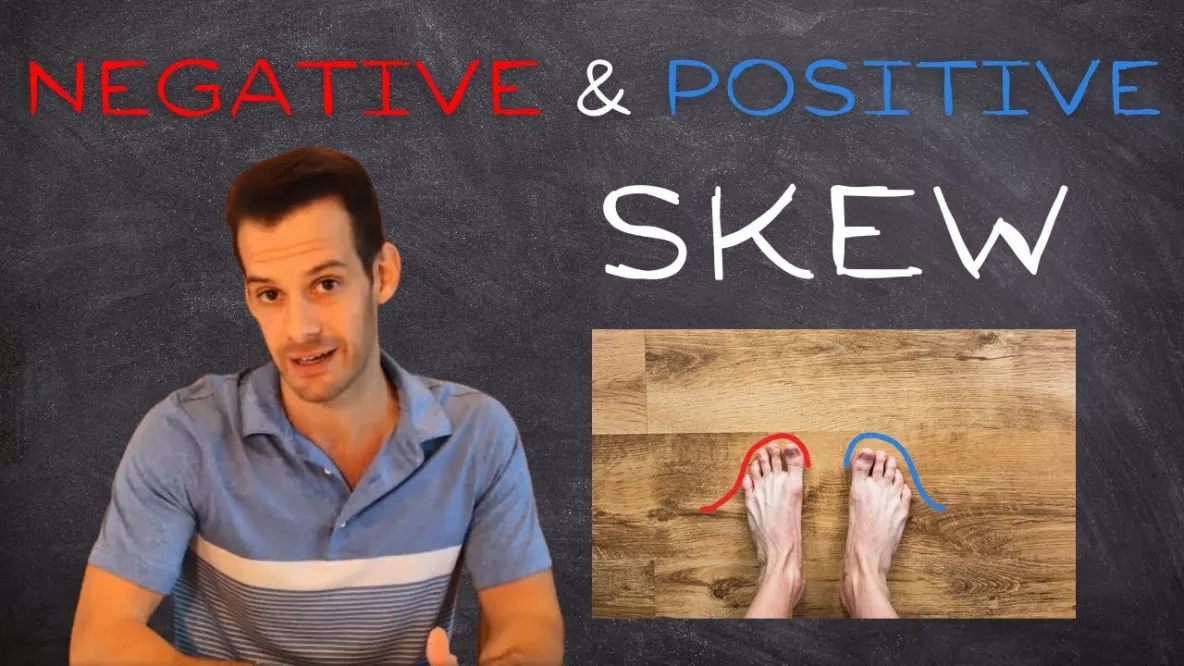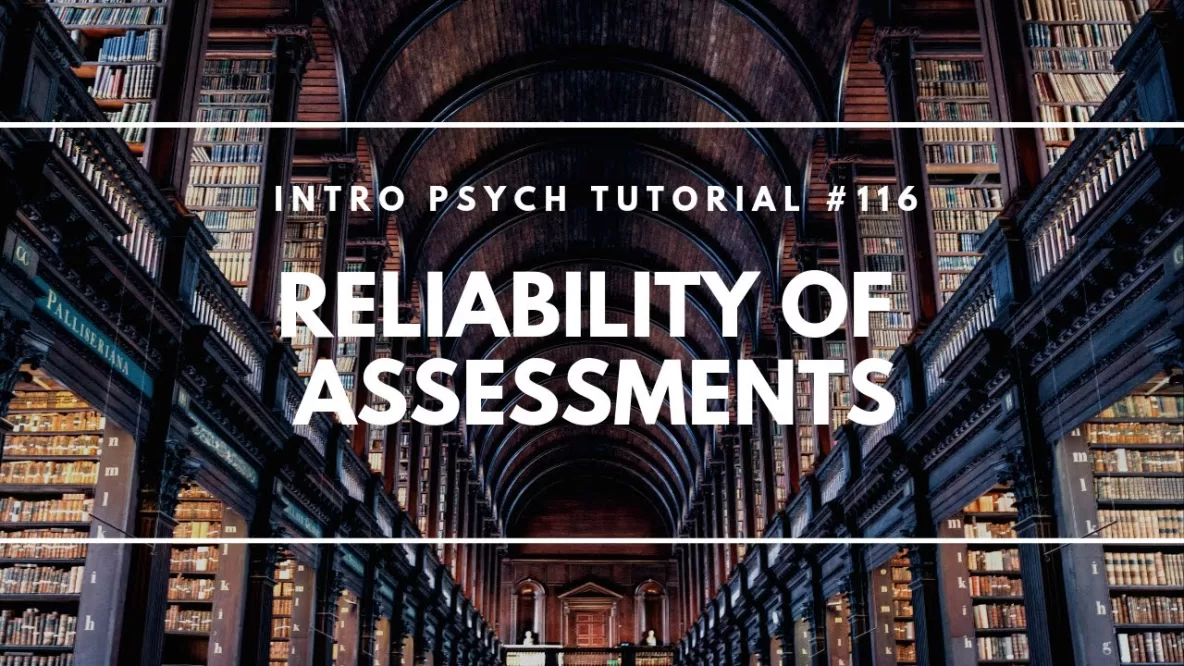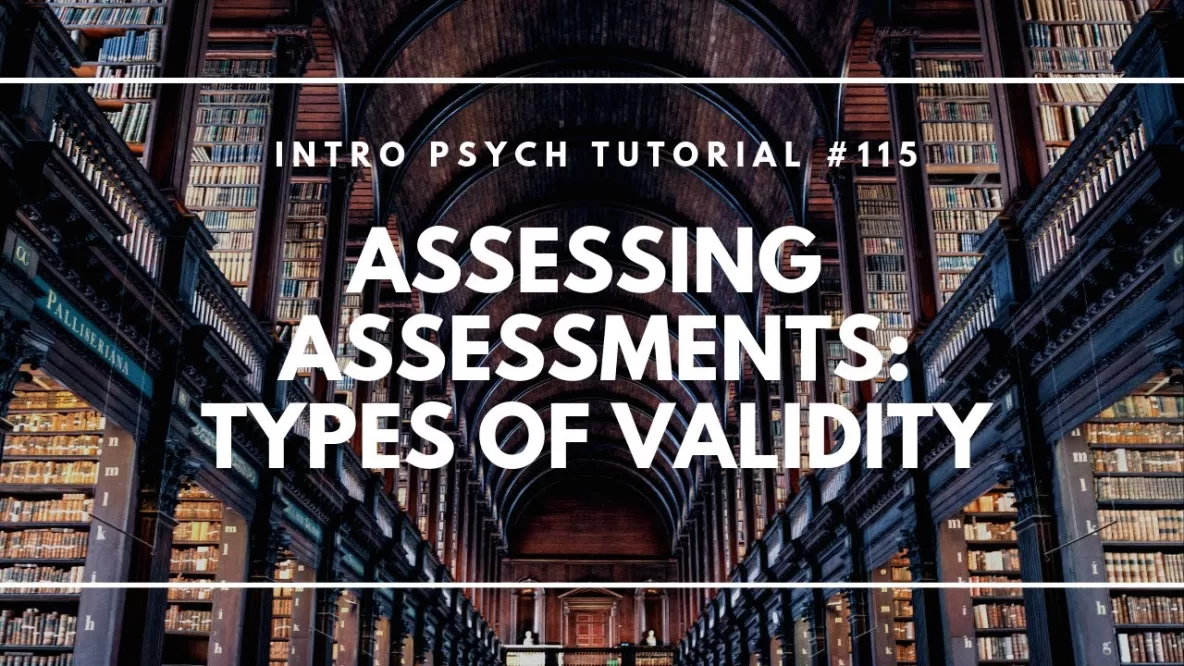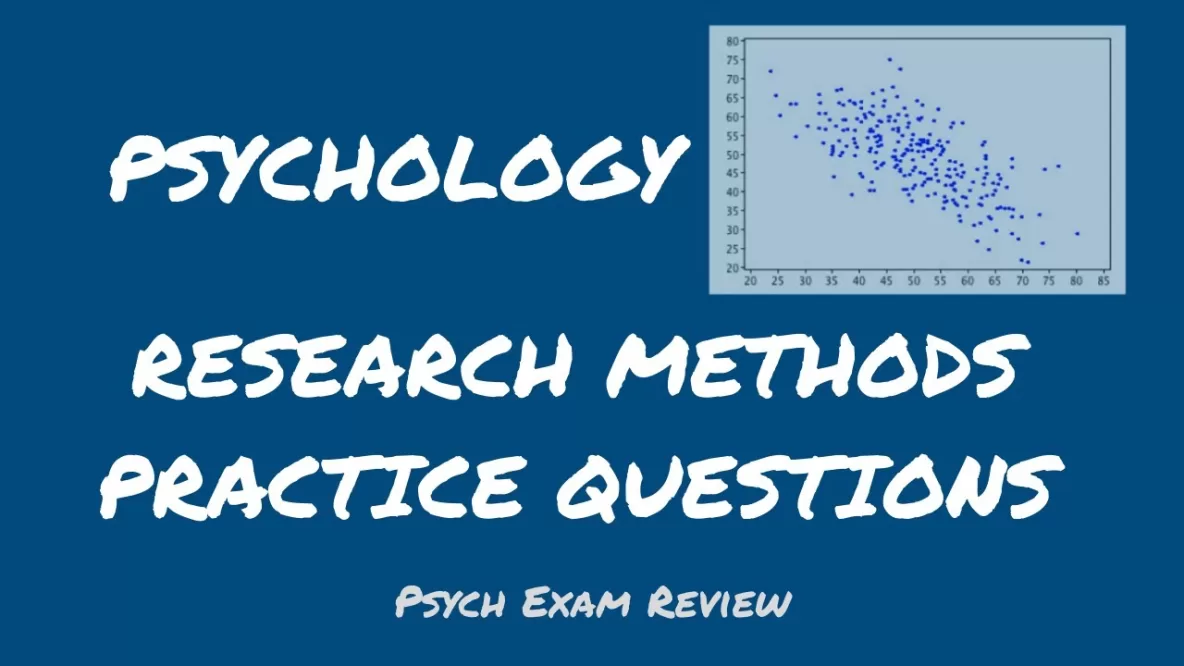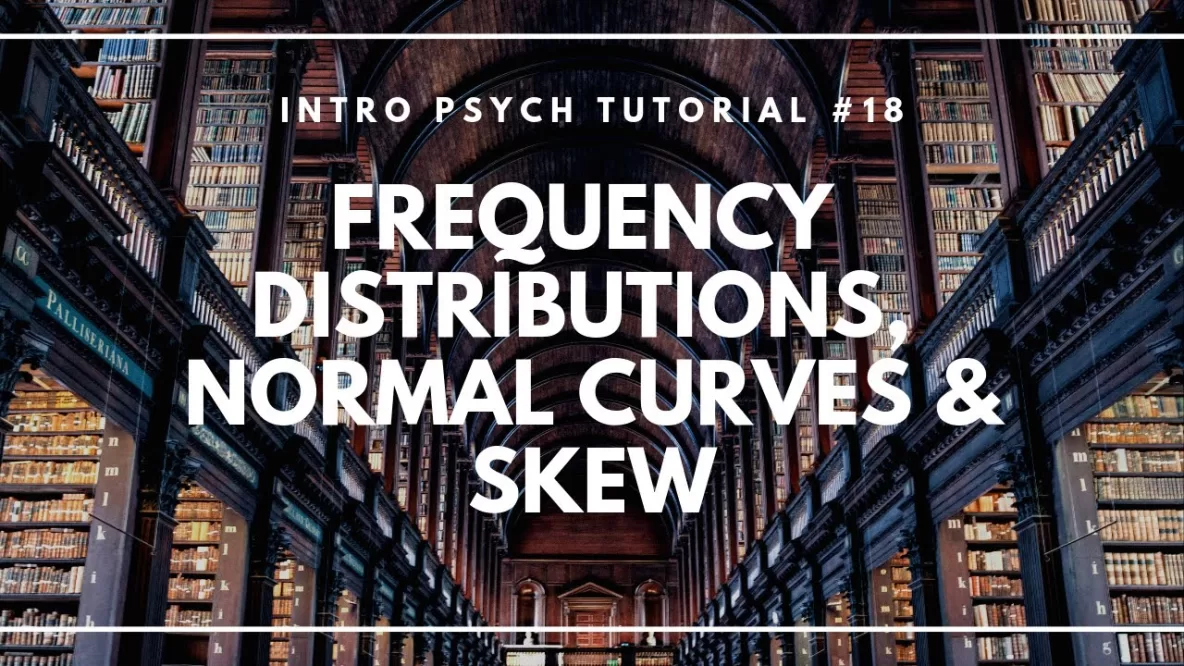In this video I explain how skewness in a sample may be caused by a floor or a ceiling effect, in which the measurement isn’t able to capture variability at the low or high end of a population’s distribution. A … Read More
Skewness – Positive & Negative Skew
In this video I explain one way in which a distribution can deviate from normality, which is skewness. I explain the difference between positive and negative skew, and how these can be seen in histograms, stem and leaf displays, and … Read More
Reliability of Assessments
In this video I explain the difference between validity and reliability and then describe several ways of assessing reliability including split-half reliability, test-retest reliability, equivalent-form reliability, and the related concept of standardization. Don’t forget to subscribe to the channel to … Read More
Assessing Assessments – Types of Validity
In this video I explain how we assess the validity of assessments that have been created for a particular property (such as intelligence). There are several types of validity that can be assessed including construct validity, face validity, content validity, … Read More
Research Methods Practice Questions
The following video includes 10 practice multiple choice questions related to research methods and statistics in psychology. I hope that these can help you to test and assess your own knowledge and provide practice retrieving the terms, ideas, and concepts … Read More
Research Methods & Statistics Knowledge Organizer
Here’s a knowledge organizer I’ve created of the most essential concepts for research methods and statistics in an introductory psychology course. These knowledge organizers are designed to help you identify the most important factual knowledge you need to have in … Read More
Ethical Guidelines for Psychological Research
In this video I explain the major ethical guidelines for conducting research in psychology with human subjects including informed consent, freedom from coercion, protection from harm, risk-benefit analysis, anonymity and/or confidentiality, and debriefing. Don’t forget to subscribe to the channel … Read More
External Validity
In this video I explain external validity (or ecological validity) and criticisms of artificiality that can arise from laboratory experimentation. I also explain naturalistic observation and field experiments as ways of overcoming artificiality and collecting real-life data, though both of … Read More
Internal Validity
In this video I explain the concept of internal validity and how it acts as a checklist for considering whether an independent variable has been effectively manipulated, a dependent variable has been measured without bias, and a clear pattern can … Read More
Frequency Distributions, Normal Curves, and Skew
In this video I explain how a frequency distribution can create a visual representation of our data. I also describe a normal curve or “bell curve” and what it means for mean, median, and mode. Then I consider skewed distributions … Read More


